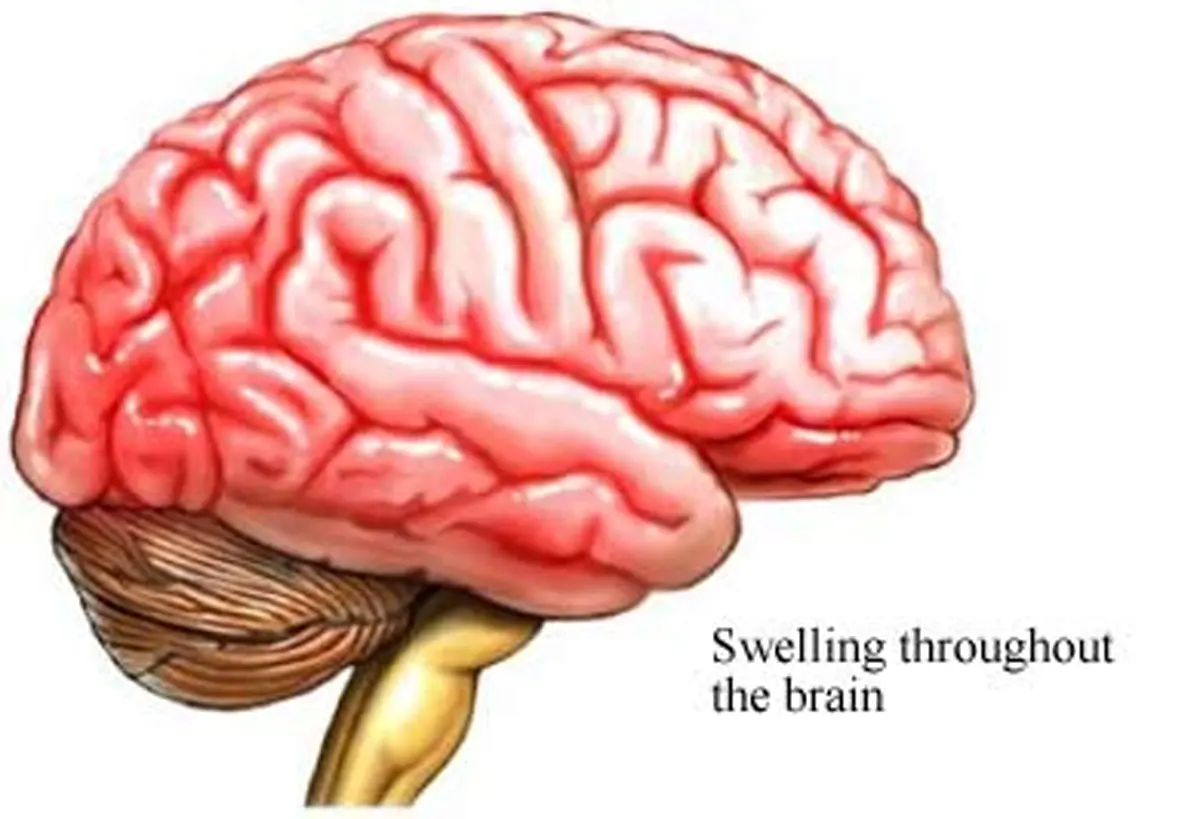Encephalitis is a disease of Central nervous system which involves a number of neurotropic viruses and these produce number of conditions ranging from meningitis, encephalitis to myelitis etc. Some of the viruses may remain latent in the nervous system and get reactivated later. Most viruses have a phase of extra neural viral replication before involving the nervous system.
Viruses vary in size ranging from 10-25 m and are destroyed by heat at low temperatures but are resistant to cold. The common characteristics of virus include a genome which is either RNA or DNA surrounded by a protective protein shell. Acute viral infections come on suddenly and have a short course ranging from days to weeks. Common viruses involving the central nervous system include entero viruses (Poliovirus, coxsackie, ECHO, EV-70).
Arena virus (Lymphocytic choriomeningitis) Herpes virus (HSV (1 & 2) varicella zostier virus (VZV). Epstein Barr virus (EBV). Retroviruses HIV and influenza, Adenoviruses and arboviruses. Viruses enter the body through haemotagenous route in most of the cases though herpes virus remains latent in cells and enteroviruses replicate in the gastro intestinal tract.

The different types of Encephalitis are as follows: